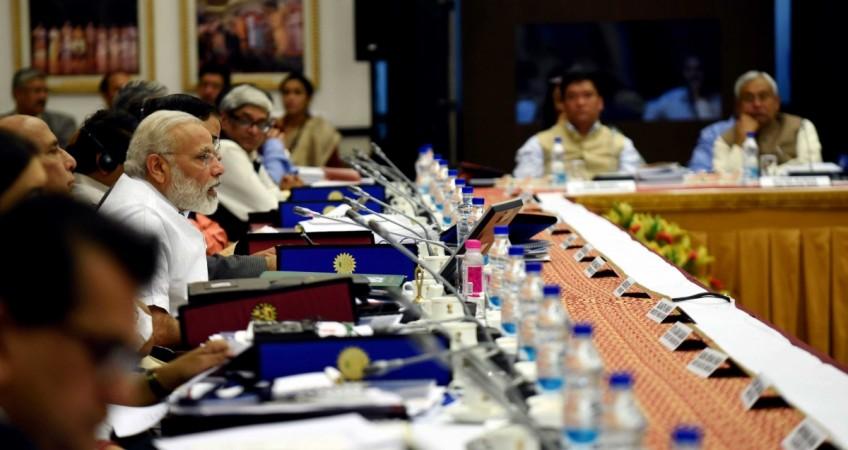
The NITI Aayog — India's premier think-tank and policy-making body — has suggested simultaneous Lok Sabha and state assembly elections across the country from 2024. If it is implemented, the process would be incrementally beneficial to the common man. However, there are a number of hurdles the panel has to plan for before it implements this process.
The plan
The first we heard of this was in the draft report that was circulated among stakeholders — mainly chief ministers of various states — at the NITI Aayog meeting held on April 23. A proper report on the issue is expected to be finalised in six months, while a final blueprint should be in place by March next year.
The draft report says: "All elections in India should happen in a free, fair and synchronised manner so as to cause minimum campaign-mode disruption to governance. We may begin work towards switching to a synchronised two-phase election from the 2024 election to the Lok Sabha."
The benefits
Both Prime Minister Narendra Modi and President Pranab Mukherjee have pitched for simultaneous elections. The benefits of these are manifold. For starters, the simultaneous and synchronised elections would ensure less expenditure of public money, freeing up financial resources that can be spent in the correct manner elsewhere.
It would also break the perennial poll cycle politics, where every announcement from the Central government seems like it is aimed at pleasing the voter-base at the next state that is going to elections. It would also do away with many bypolls that are conducted because a seat fell vacant when a politician contested a different election and won, and wants to hold on to that position.

The hurdles
There are, however, a number of hurdles in the path of the NITI Aayog and the Election Commission (EC) — which has been appointed the nodal agency for possible implementation of this step — in rolling out this momentous change. For one, it will mean dissolving some state assemblies well before their time.
The solution to that seems to be already being actively worked upon. It is "a maximum one-time curtailment or extension of some state assemblies," according to the NITI Aayog. But what about the other hurdles, like the powers of current assemblies to extend their term by six months in case of emergencies?
And what happens if a single party or coalition fails to form government, or some government fails to evade a no-confidence motion, necessitating snap polls or mid-term elections? The answer to all these and many more questions need to be answered in the final blueprint that comes in March next year.

















